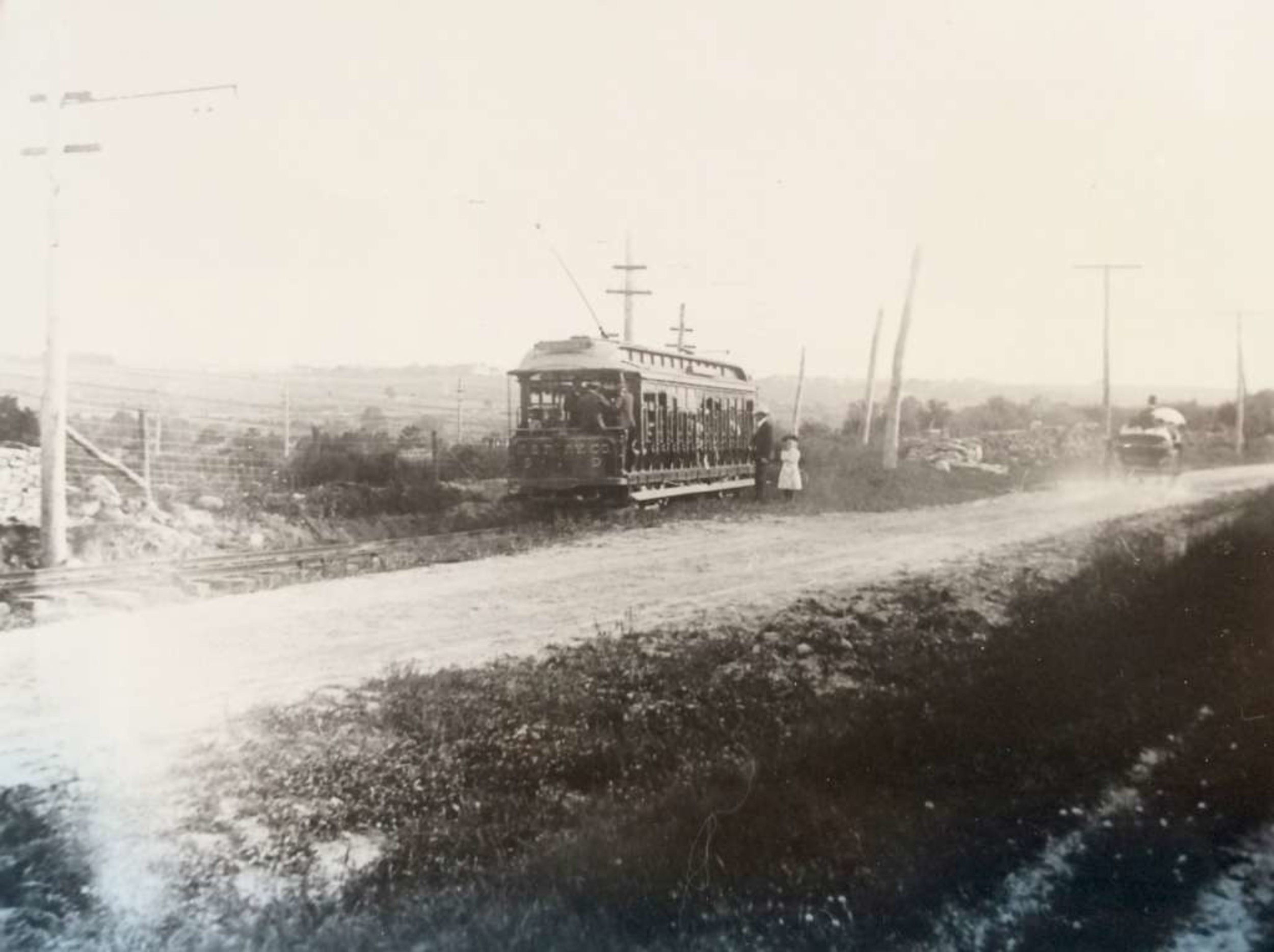Trolley lines once flourished in Portsmouth
PORTSMOUTH — Sometimes it is difficult to imagine that Aquidneck Island was once served by two electric-powered street railways, or trolleys. From their beginning in 1898 and continuing until 1925, the three island communities were serviced by two …
This item is available in full to subscribers.
Please log in to continue |
Register to post eventsIf you'd like to post an event to our calendar, you can create a free account by clicking here. Note that free accounts do not have access to our subscriber-only content. |
Day pass subscribers
Are you a day pass subscriber who needs to log in? Click here to continue.
Trolley lines once flourished in Portsmouth
PORTSMOUTH — Sometimes it is difficult to imagine that Aquidneck Island was once served by two electric-powered street railways, or trolleys. From their beginning in 1898 and continuing until 1925, the three island communities were serviced by two major lines. The routes served were somewhat obvious, following the East Main Road and the West Main Road.
At its peak of service, one line extended from Newport’s Fifth Ward to Bristol Ferry via the West Main Road and the other out the East Main Road from One-Mile Corner to the Stone Bridge and Tiverton.
The fare in the early days for long trips was a nickel per town. Open trolley cars were used in the summertime and closed cars in the other seasons.
In Newport there were ultimately three trolley lines: 1) from the barn/power station on Commercial Wharf to Newport Beach (1889); 2) the Main Line from Carroll Avenue out Spring Street and Broadway to One-Mile Corner (1898); and 3) a Naval Training Station line out Third Street to Gate 1.
Eventually, the West Main Road line continued out that road with a few turn-ins to avoid steep slopes, to Freeborn Street, then on to Turnpike Avenue and Bristol Ferry Road to the ferry wharf. The remains of this wharf still can be seen directly under the Portsmouth side of the Mt. Hope Bridge.
The line on the East Main Road, built in 1898, eventually followed the Newport line to Two-Mile Corner, where it turned right and followed that road to Park Avenue; from there it followed on to the Stone Bridge.
Over the early years there were several mergers of the street railway companies on the East Road line. The end result was the establishment of the Old Colony Street Railway Company in 1901.
Meanwhile, in 1898, construction of a “Trolley Park” began in Island Park. This was an amusement park, built by the trolley company to encourage ridership from both north and south. This park thrived in the first third of the 20th century as a major Saturday or Sunday afternoon adventure for people from as far away as Fall River or Newport. However, after several fires and especially the 1938 hurricane, the park was destroyed.
The trolley line out the East Road was basically a single-track line with a few passing turnouts. It followed that road on the right side. Space for this line is obvious today on Quaker Hill as you descend from Town Hall. Elsewhere the trolley tracks were on the road, which, of course, were dirt roads then.
In Portsmouth a supplementary trolley barn was erected in 1899. It was located on land just north of today’s Citizen’s Bank. In addition, a supplementary power station was built down over the hill (Power Street) off Water Street.
The northern terminus of this line was plagued by the many times the Stone Bridge was under repair. The tides often undermined the bridge going back to the first bridge there in 1795. The bridge was replaced in 1907 and again between 1911 and 1913. While the bridge was under construction, two ferries, the J.A. Saunders and the West Side, were used to shuttle passengers across the Sakonnet River. (Perhaps we need to be reminded that until 1929, the Stone Bridge was the island’s sole bridge connection to the mainland.)
During this same time, the Newport and Providence Street Railway Company ran from Newport to Bristol Ferry. It was opened on June 14, 1904. A car barn for the line was built near Green Lane in Middletown and another barn on Vernon Avenue in Newport (still standing). As mentioned, this line had to turn off the Main Road to avoid the steep grade of Thurston’s (Raytheon) Hill and Turkey Hill. You can still see the power line at the top of Raytheon Hill digress and head toward the Green Valley Country Club property.
Trolleys were well used. The Newport and Providence passenger count peaked in 1919 with 2.7 million riders. Between 1902 ands 1911, the Old Colony Line served from 2.8 to 3.2 million riders each year.
But the decline set in very quickly in the 1920s. Trolley service was gradually replaced by buses and, of course, the persistence of the automobile was a fatal blow to mass transit as well. The number of trolley runs shrank as other methods of travel grew. The last Newport to Fall River run took place on Feb. 28, 1925 and on May 26, 1925, all regular trolley service ceased in Newport.
The trolley cars were sold, many for scrap, although some went to other towns. Mass transportation on Aquidneck Island declined as the automobile took over.
An era came to a close.
James E. Garman is Portsmouth’s town historian, as well as the president of the Portsmouth Historical Society. He has authored several books on local history.






